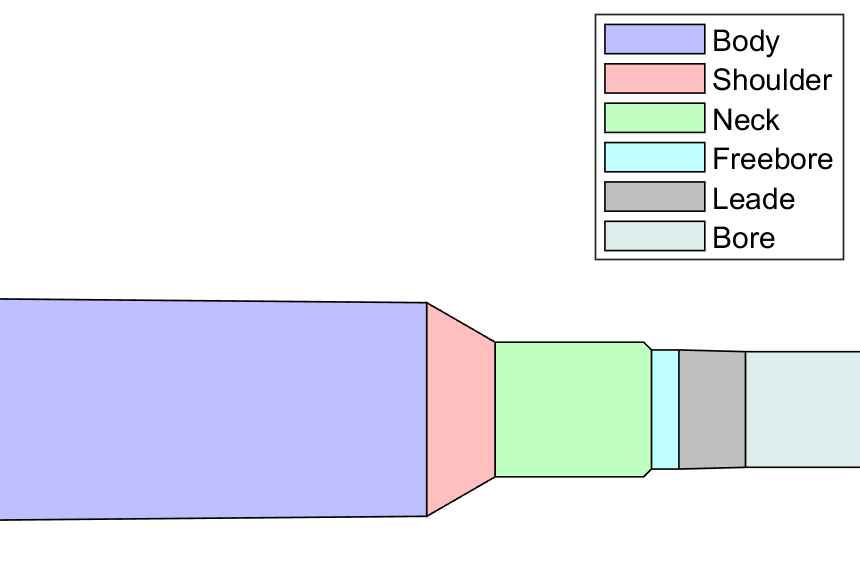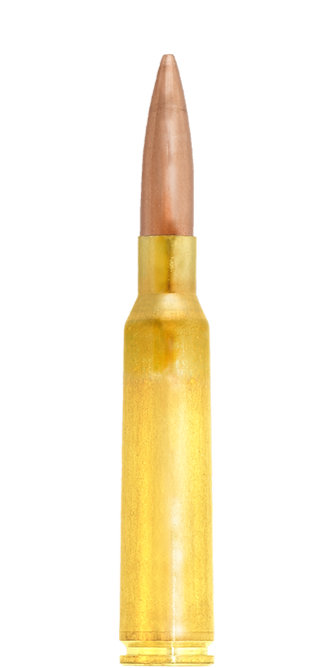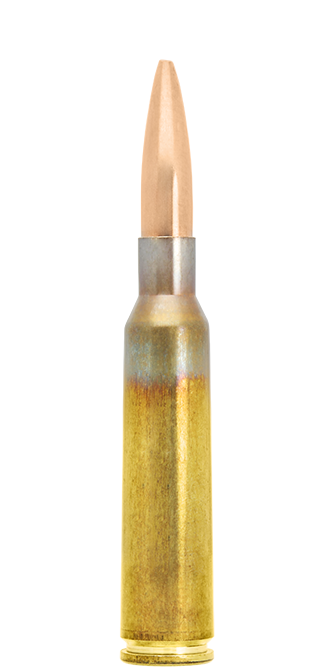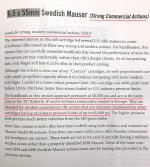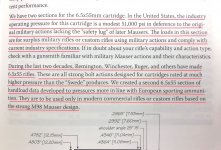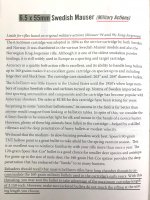I think their is some confusion about this topic that relates to the old M96 (1896) 'small ring' Mauser actions, versus later "stronger commercial" actions in 6.5x55. The experts on 6.5x55mm ammo is presumably Lapua, and it is worth noting that Lapua offers some of their 6.5x55mm ammo with the
exact same bullet - but at two different velocity/pressure specs, for example:
Lapua 120 grain SCENAR load at
modest velocity of
830 m/s, or 2723 fps. The 6.5×55 SE is one of the most popular all-around ammo in the world for both target shooters and hunters. Lapua’s 6.5×55 SE cartridge is especially popular in the Scandinavian countries…

www.lapua.com
Lapua 120 grain SCENAR load at
high/full velocity of
920 m/s, or 3018 fps. The 6.5×55 SE is one of the most popular all-around ammo in the world for both target shooters and hunters. Lapua’s 6.5×55 SE cartridge is especially popular in the Scandinavian countries…

www.lapua.com
Lapua 123 grain SCENAR-L load at
modest velocity of
830 m/s, or 2723 fps. Especially popular in the Scandinavian countries, including long-range field shooting discipline, Lapua’s 6.5×55 SE cartridge delivers a flatter trajectory and excellent ballistics.

www.lapua.com
Lapua 123 grain SCENAR-L load at
high/full velocity of
920 m/s, or 3015 fps. The 6.5×55 SE is one of the most popular all-around ammo in the world for both target shooters and hunters. Lapua’s 6.5×55 SE cartridge is especially popular in the Scandinavian countries…

www.lapua.com
The best explanation for this is found in the Speer Reloading manual #14, which divides their 6.5x55 loads into two separate sections (see attached 3 pages from that manual and note the underlined sections - this makes more sense to me that the so-called "SEE" theory):
1.
'Military Actions' (aka the old Swedish M96 'small ring' military rifles made from 1896 until I think 1944).
2. '
Strong Commercial Actions' (aka basically any decent commercial rifle made in the post-WWII era with modern metallurgy and strong actions).
My takeaway from old Swedish M1896 actions that were made basically a century ago, and the stories about some that have self-destructed, is the following:
Don't shoot a bunch of full-mojo/high pressure modern ammo out of those often century old small-ring Mausers. I don't worry about the bullet and overall length, or the fact that they have long throats. As for my Full-mojo/full-power 120 grain Lapua ammo as seen below left? That will only be used in that modern Tikka Sporter rifle as seen in the top of the bottom picture - and it will
not be shot out of my M41B (made in 1900), or the CG-63 (made in 1920). I think the Speer manual offers legitimate advice, and I think Lapua offers their most popular 6.5x55 load in two flavors to accommodate those European (and US) shooters who are still using those old M96 'small ring' Mauser actions.
View attachment 8156701 View attachment 8156700 My 2cts.

